Abstract
This project used different Computational Urban Design tool to create the shortest path for a walk-in Luxembourg City Center and analysis on walker vision on the way, this has been analyzed with the consideration of solar radiation to the buildings in the path of the walk. In an nutshell it creates City vision with accordance to solar radiation on day period for street walker
Input
Datasets have been received from Luxembourg public data, Plus Weather and Solar Data of EPW
Process
- Data has been input to Grasshopper as Shapefile for building and roads
- Calculations made for the shortest walk
- Illustrating the vision of the individual walking with IsoVist
- EPX file imported into Lady buy and the date defined then creating the Solar path
- Creating a Camera and mesh from building to smoothing the process
Output
- Infographic of weather and Solar radiation
- Shortest walk video with visual and angel according to buildings and watching amount of solar radiation on the way
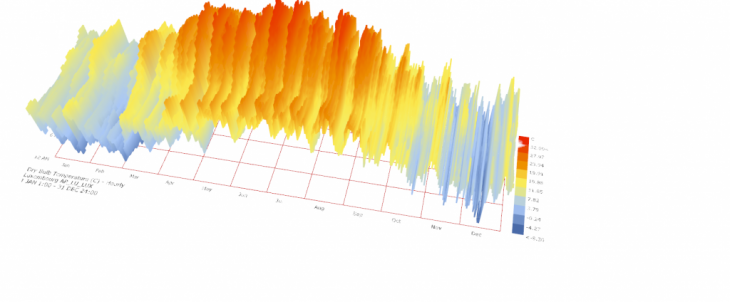
3D Solar Radiation Diagram

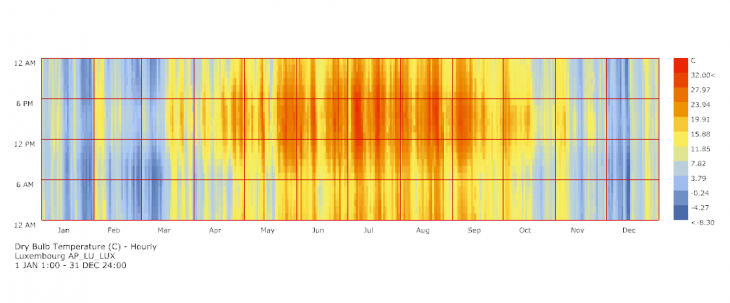
2D solar radiation Diagram from January 1 to December 31 from 12AM to 12AM (24h)

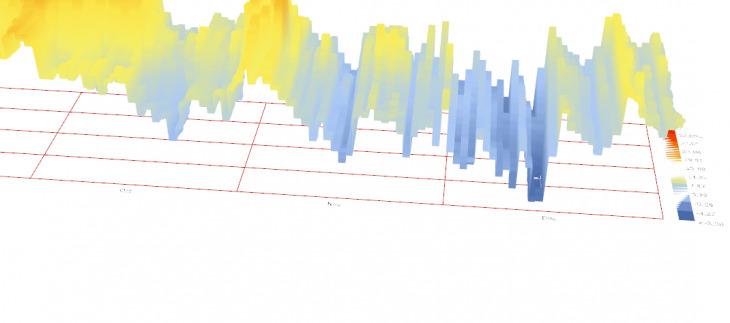
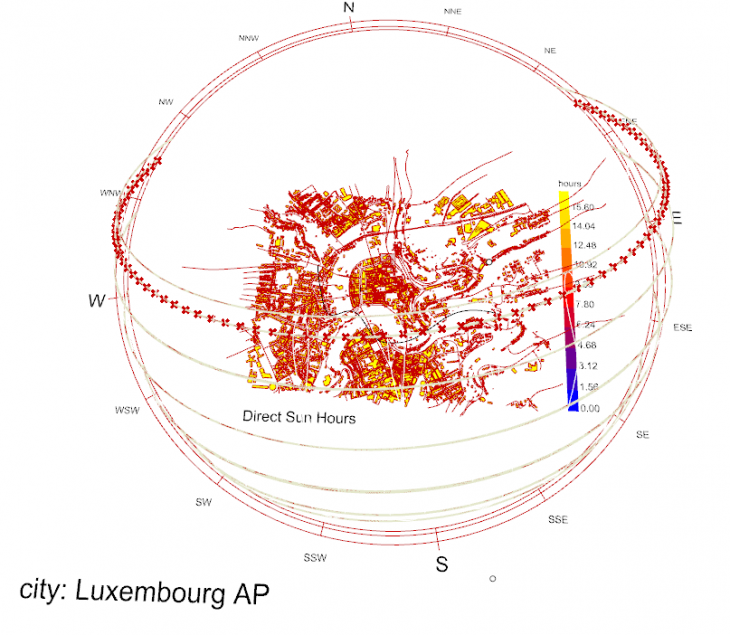
SunPath Solar radiation of the Luxembourg City Center in Larger Scope
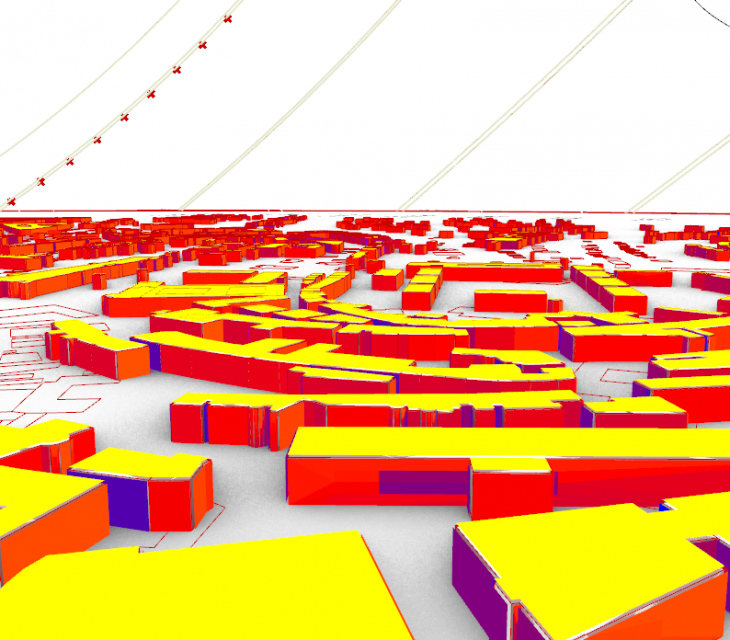
Closer Look at city blocks with solar radiation
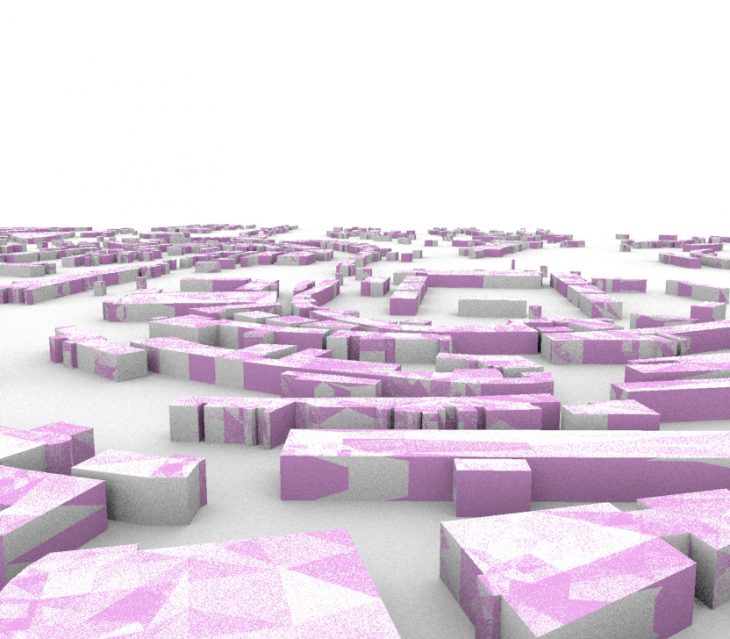
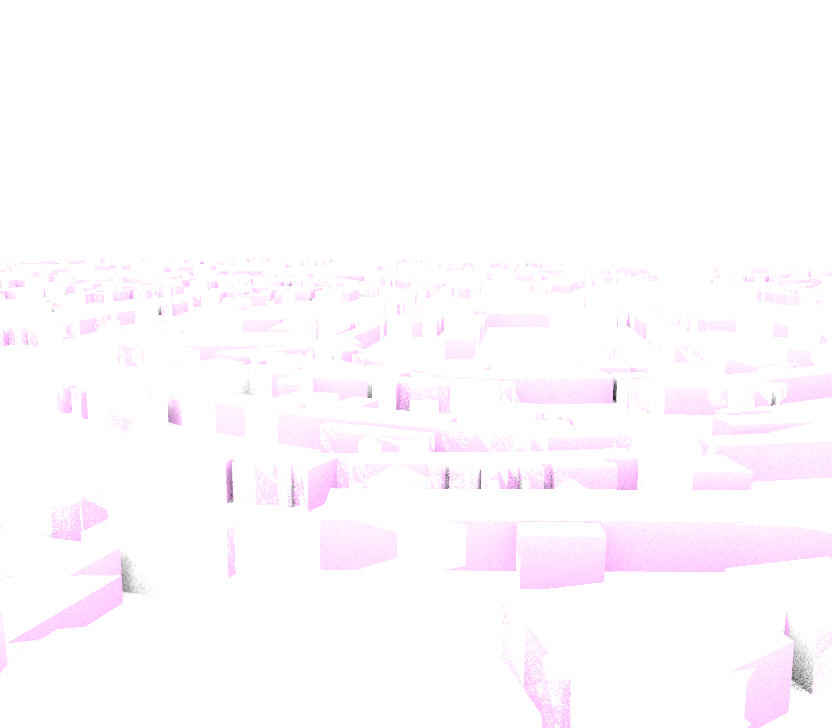
Logarithmic Render View of Luxembourg City center Blocks with consideration to Solar rations

Animations
Below is the large perpective of vision angles in consideration to solar radiation
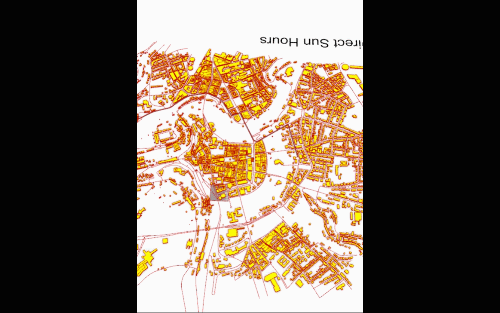
Finally, animation below depicts a closer look at the walk with vision and solar radiation
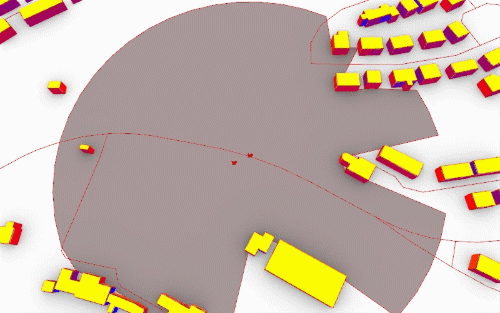
Sunny Days Computationally is a project of IAAC, Institute for Advanced Architecture of Catalonia developed at MaCT in 2020/21 by students: Sasan Bahrami and faculty: Eugenio Bettucchi and Iacopo Neri.
